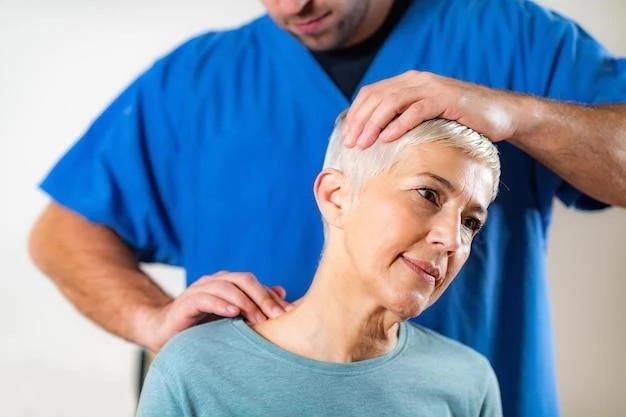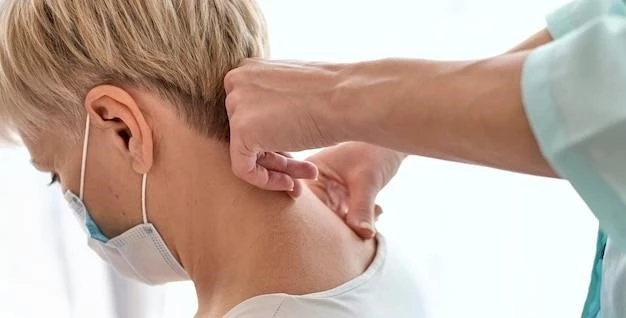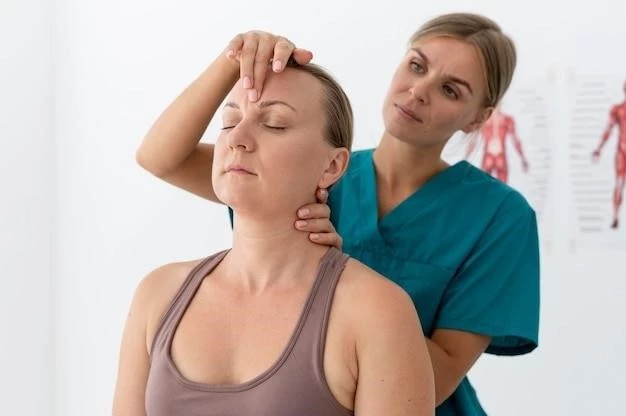Overview of Richieri–Costa–Guion–Almeida Acrofacial Dysostosis
A Brazilian girl, born to a diabetic mother, and presenting with atypical pre/postaxial acrofacial dysostosis, nosologically related to the Genée-Wiedemann syndrome is reported on. Acrofacial dysostosis lethal type of Rodriguez is inherited as an autosomal recessive trait and is characterized by small stature, severe mandibular hypoplasia, phocomelia, and oligodactyly of the upper limbs.
Definition and Background
Richieri-Costa-Guion-Almeida (RCGA) acrofacial dysostosis is a rare congenital disorder characterized by malformations affecting the head, face, and limbs. It is associated with mandibular hypoplasia, limb abnormalities, and other craniofacial anomalies. The syndrome is inherited in an autosomal recessive pattern and has been linked to various genetic mutations. Given its complex clinical presentation, diagnosis and management require a multidisciplinary approach involving genetics specialists, craniofacial surgeons, and other healthcare professionals.

Clinical Presentation and Features
A Brazilian girl with atypical pre/postaxial acrofacial dysostosis associated with unique limb deficiencies, mandibular hypoplasia, and other craniofacial anomalies.
Genetic Aspects and Inheritance
Richieri-Costa-Guion-Almeida acrofacial dysostosis is primarily inherited in an autosomal recessive pattern and is linked to various genetic mutations. The syndrome presents with distinct limb deficiencies, mandibular hypoplasia, and craniofacial anomalies, indicating a complex genetic basis.
Associated Anomalies and Syndromes
Richieri Costa Guion-Almeida syndrome, a rare condition linked to genetic mutations, showcases various craniofacial and limb abnormalities. The syndrome’s distinct features set it apart from other related anomalies, emphasizing the importance of accurate diagnosis and specialized care.

Specific Types of Acrofacial Dysostosis
A newly described syndrome of acrofacial dysostosis presents distinct features like Robin sequence, cleft mandible, and limb defects.
Richieri Costa Guion-Almeida Syndrome
Richieri Costa Guion-Almeida syndrome, a rare form of acrofacial dysostosis, presents with unique characteristics such as Robin sequence, cleft mandible, and limb defects. This syndrome is distinguishable from other related anomalies and requires specialized care.
Acrofacial Dysostosis-Cincinnati Type
Acrofacial Dysostosis-Cincinnati Type, recently defined in three individuals, displays a range of phenotypes from mild mandibulofacial dysostosis to severe acrofacial dysostosis. Patients present with variable craniofacial features similar to those observed in related syndromes, necessitating specialized care tailored to their specific needs.
Weyers Acrofacial Dysostosis
Weyers Acrofacial Dysostosis is a rare congenital disorder that affects the development of teeth, nails, and bones. Characterized by dental abnormalities and abnormally shaped lower jaw, this syndrome highlights the crucial role of genetic mutations in impacting craniofacial and limb development.
Diagnosis and Differential Diagnosis
A Brazilian girl with atypical pre/postaxial acrofacial dysostosis, associated with unique limb deficiencies and mandibular hypoplasia.
Diagnostic Challenges
Diagnostic challenges in Richieri-Costa-Guion-Almeida acrofacial dysostosis arise due to the complex nature of the syndrome, often involving distinct limb deficiencies, mandibular hypoplasia, and craniofacial anomalies. Genetic mutations play a crucial role in the diagnosis, necessitating a comprehensive evaluation by a multidisciplinary team of specialists.
Differential Diagnosis with Similar Syndromes
Richieri Costa Guion-Almeida syndrome showcases distinct characteristics such as Robin sequence, cleft mandible, and limb defects, setting it apart from other related syndromes. Differential diagnosis involves careful evaluation to accurately differentiate this syndrome from similar conditions with overlapping features.
Management and Treatment
Management of Richieri-Costa-Guion-Almeida acrofacial dysostosis involves a comprehensive approach addressing limb deficiencies, mandibular hypoplasia, and craniofacial anomalies. Tailored treatments by a multidisciplinary team aim to optimize patient outcomes.
Multidisciplinary Approach
The management of Richieri-Costa-Guion-Almeida acrofacial dysostosis necessitates a multidisciplinary approach involving various specialists to address the complex limb deficiencies, mandibular hypoplasia, and craniofacial anomalies. Collaboration between geneticists, orthopedic surgeons, and craniofacial experts is crucial in providing comprehensive care tailored to each patient’s unique needs.
Surgical Interventions and Therapies
Surgical interventions and therapies play a vital role in managing Richieri-Costa-Guion-Almeida acrofacial dysostosis. These may include corrective surgeries for limb deficiencies, mandibular hypoplasia, and craniofacial anomalies, along with supportive therapies to optimize patients’ functional and aesthetic outcomes.
Prognosis and Complications
In Richieri-Costa-Guion-Almeida acrofacial dysostosis, the prognosis varies depending on the severity of limb deficiencies, mandibular hypoplasia, and craniofacial anomalies. Prompt and comprehensive management can help mitigate potential complications and improve long-term outcomes.
Long-term Outlook
The long-term outlook for individuals with Richieri-Costa-Guion-Almeida acrofacial dysostosis depends on the management of limb deficiencies, mandibular hypoplasia, and craniofacial anomalies. Early intervention and coordinated care can significantly impact the prognosis, potentially reducing complications and improving quality of life in the long run.
Potential Complications
In Richieri-Costa-Guion-Almeida acrofacial dysostosis, potential complications may arise from limb deficiencies, mandibular hypoplasia, and craniofacial anomalies, impacting functionality and quality of life. Timely interventions and comprehensive care are crucial to address and minimize these complications effectively.
Research and Recent Advances
Recent research on Richieri-Costa-Guion-Almeida acrofacial dysostosis explores genetic mutations, clinical manifestations, and potential targeted therapies. Genetic studies unveil new insights, while ongoing treatment innovations and trials seek to improve outcomes for individuals with this rare disorder.
Genetic Studies and Discoveries
Genetic studies on Richieri-Costa-Guion-Almeida acrofacial dysostosis focus on identifying specific mutations associated with the syndrome. These studies aim to enhance understanding of the genetic basis of the condition, leading to potential targeted treatments and interventions based on these discoveries.
Treatment Innovations and Trials
Innovations in the treatment of Richieri-Costa-Guion-Almeida acrofacial dysostosis focus on tailored interventions addressing limb deficiencies, mandibular hypoplasia, and craniofacial anomalies. Ongoing clinical trials investigate novel therapies to optimize patient outcomes and quality of life.
Patient Support and Resources
Individuals affected by Richieri-Costa-Guion-Almeida acrofacial dysostosis can benefit from support groups providing valuable resources and information on the condition. Educational materials and websites offer valuable insights and connect patients to a network of individuals facing similar challenges, fostering a sense of community and shared knowledge.
Support Groups and Organizations
Support groups and organizations dedicated to Richieri-Costa-Guion-Almeida acrofacial dysostosis provide valuable resources, emotional support, and educational materials to individuals and families affected by the condition. These groups offer a sense of community, share experiences, and promote awareness and understanding of the rare disorder.
Educational Materials and Websites
Educational materials and websites serve as valuable resources for individuals and families affected by Richieri-Costa-Guion-Almeida acrofacial dysostosis. These resources offer essential information, guides, and support to enhance understanding of the condition, connect users with relevant experts, and provide updates on the latest research and treatments.
Future Directions and Challenges
Advancing research on Richieri-Costa-Guion-Almeida acrofacial dysostosis aims to uncover new genetic insights, improve diagnostic precision, and develop targeted therapies. Addressing challenges in accurate diagnosis, comprehensive management, and patient support remains crucial for enhancing care and outcomes in individuals with this rare disorder.
Based on the information available, here is the text under the subheading ”⁚
Emerging Trends in Understanding the Condition
Current studies on Richieri-Costa-Guion-Almeida acrofacial dysostosis are unveiling new genetic insights and clinical manifestations to enhance understanding of the condition. These emerging trends aim to deepen knowledge on the genetic basis and clinical spectrum, contributing to advancements in diagnosis and tailored care for affected individuals.
Based on the information provided from the internet, here is the text under the subheading ”⁚
Addressing Unmet Needs in Care and Research
Ongoing efforts in addressing unmet needs for individuals with Richieri-Costa-Guion-Almeida acrofacial dysostosis involve enhancing clinical care, advancing research on genetic mutations, and developing targeted therapies. By focusing on comprehensive care programs, research initiatives, and specialized treatments, the aim is to improve outcomes and quality of life for those affected by this rare condition.
